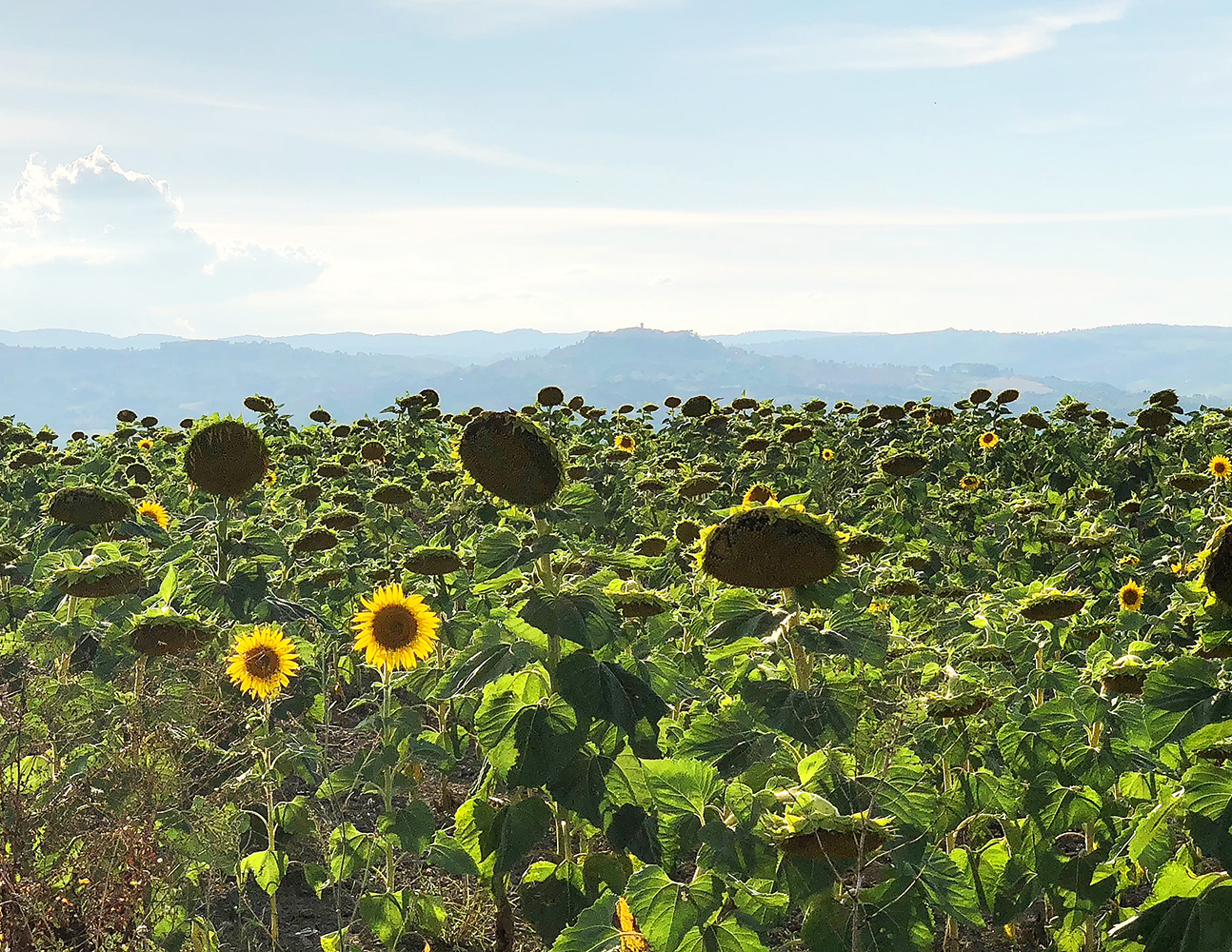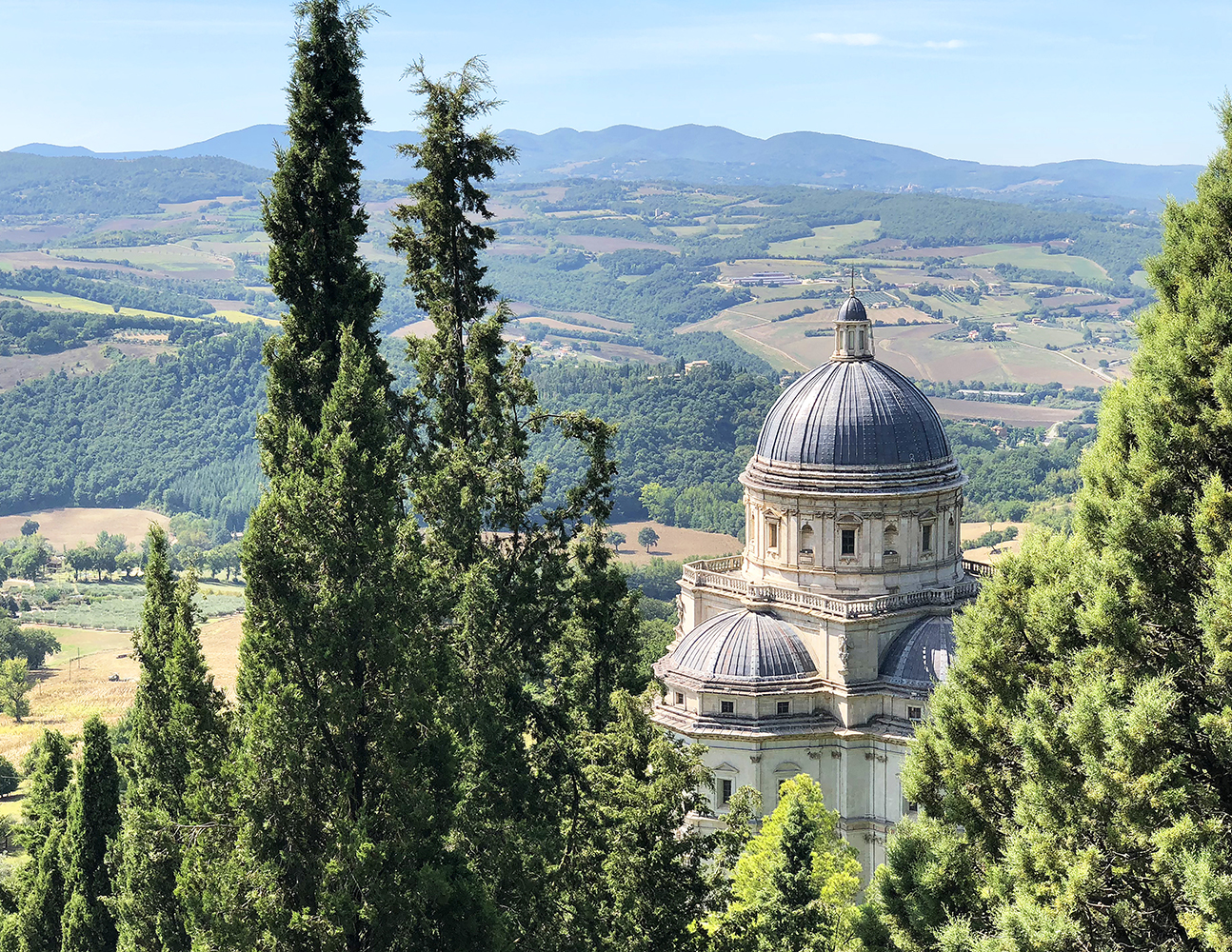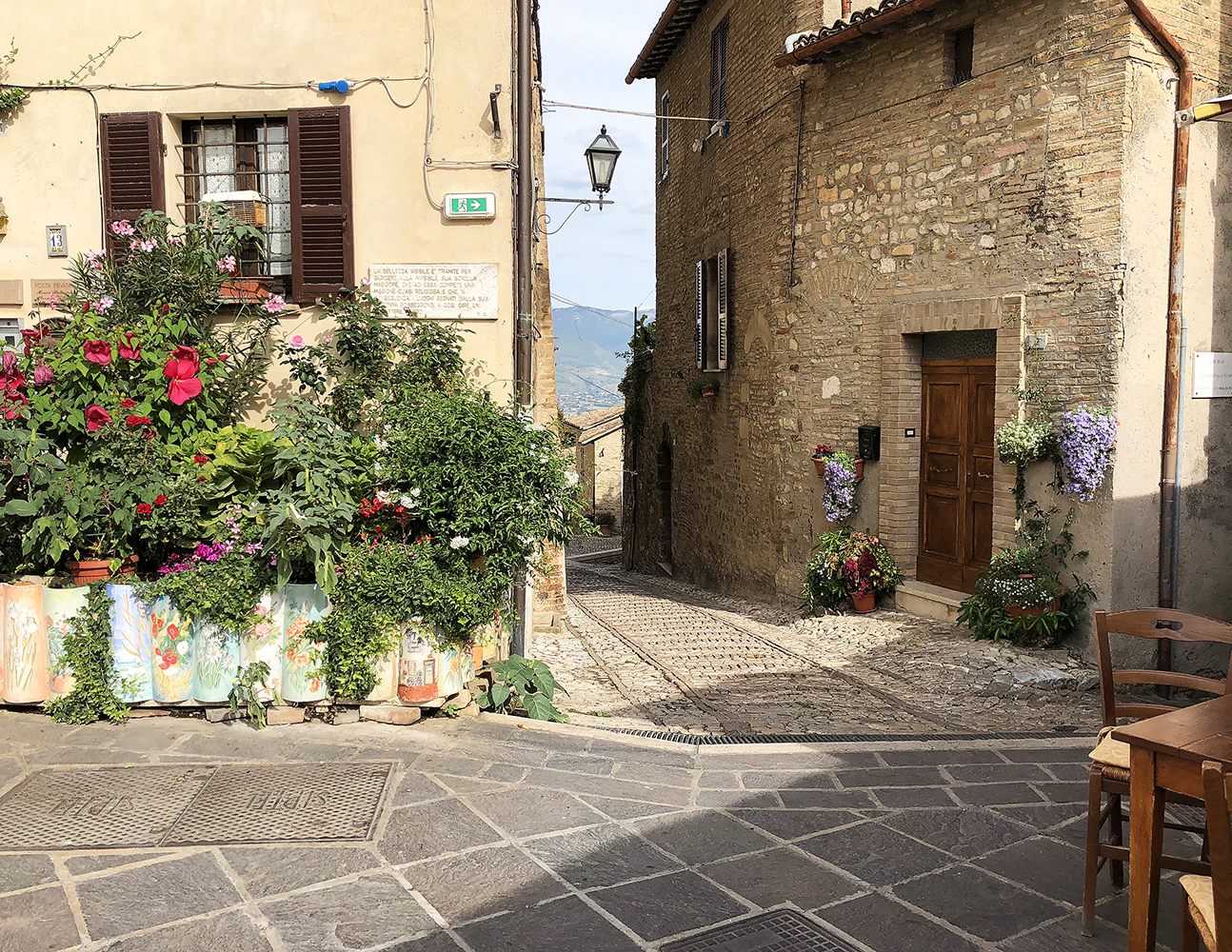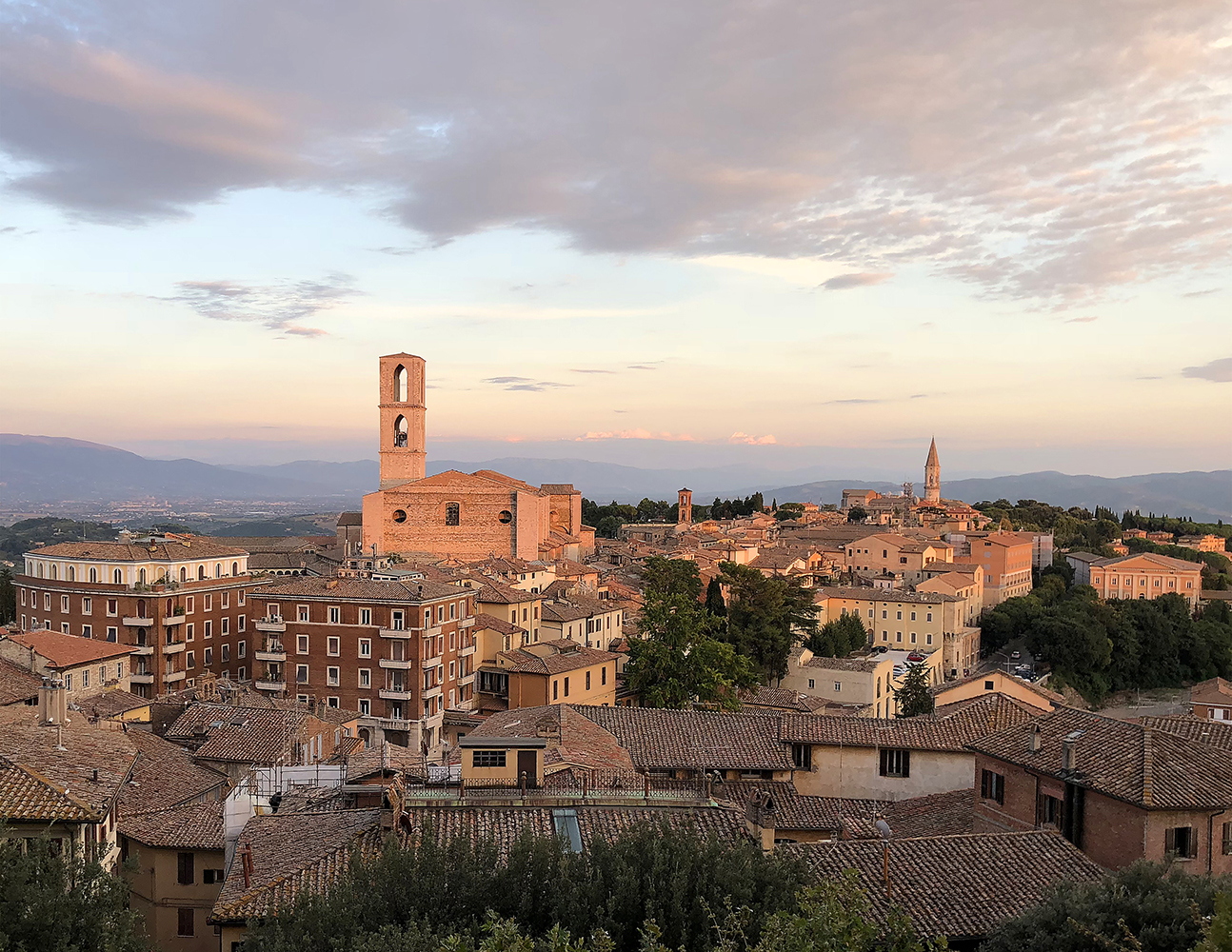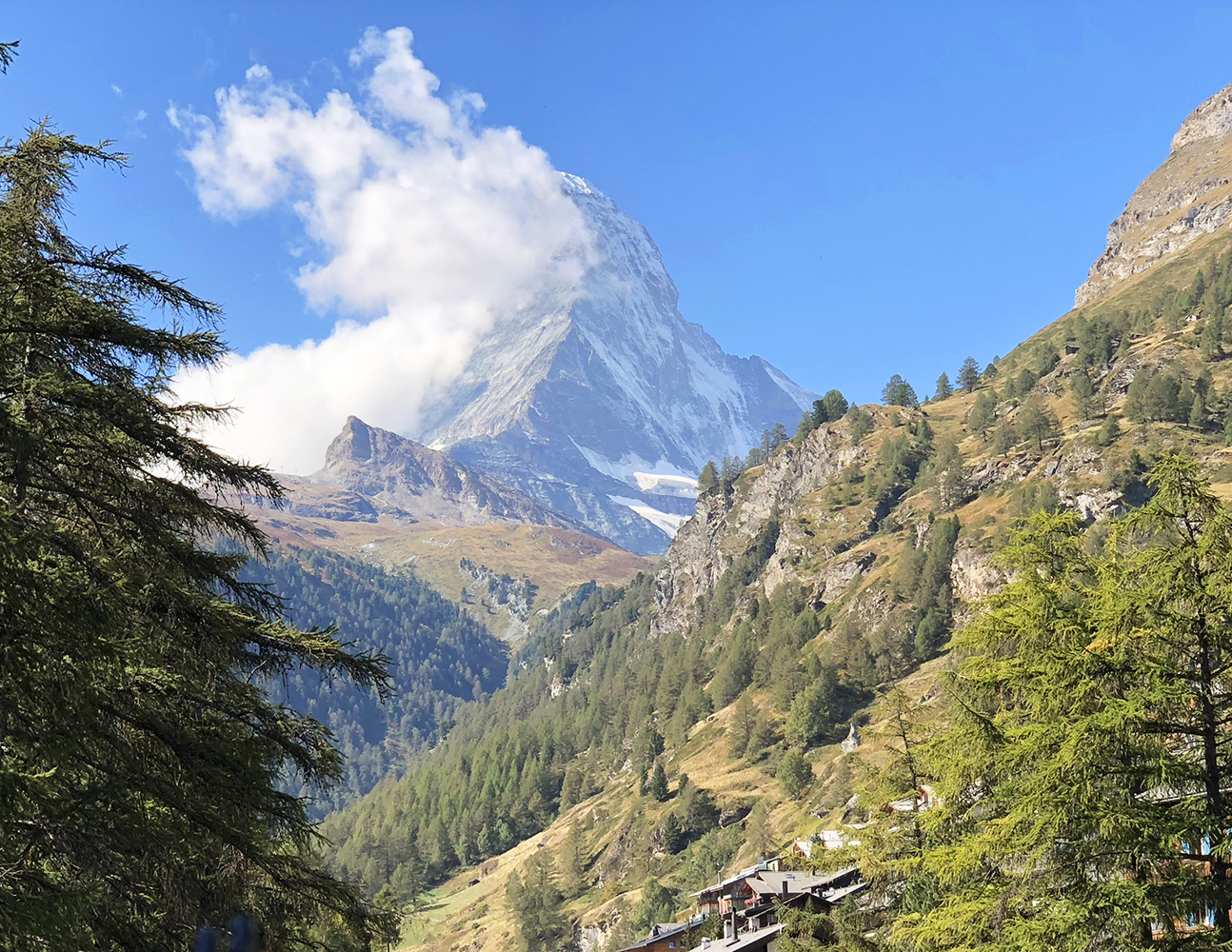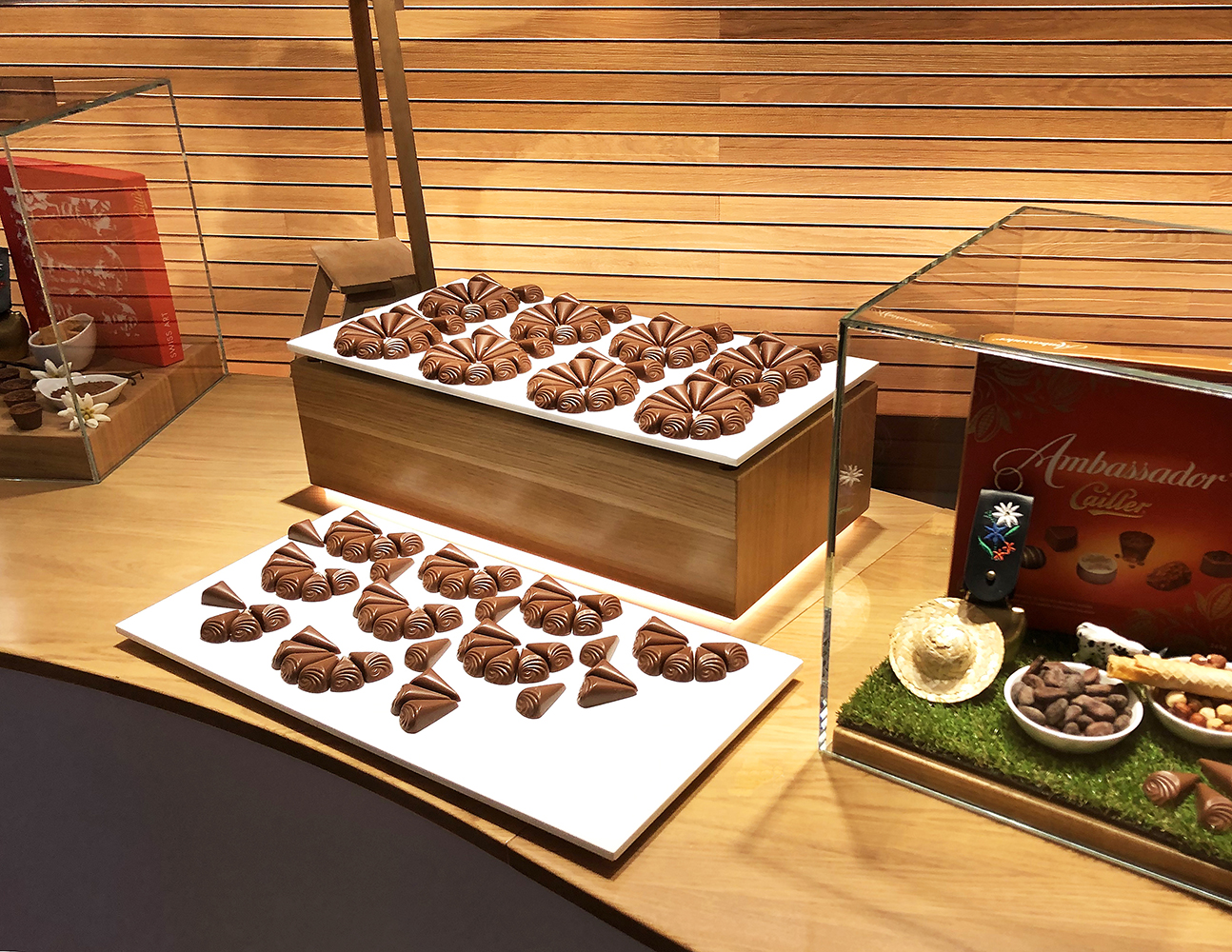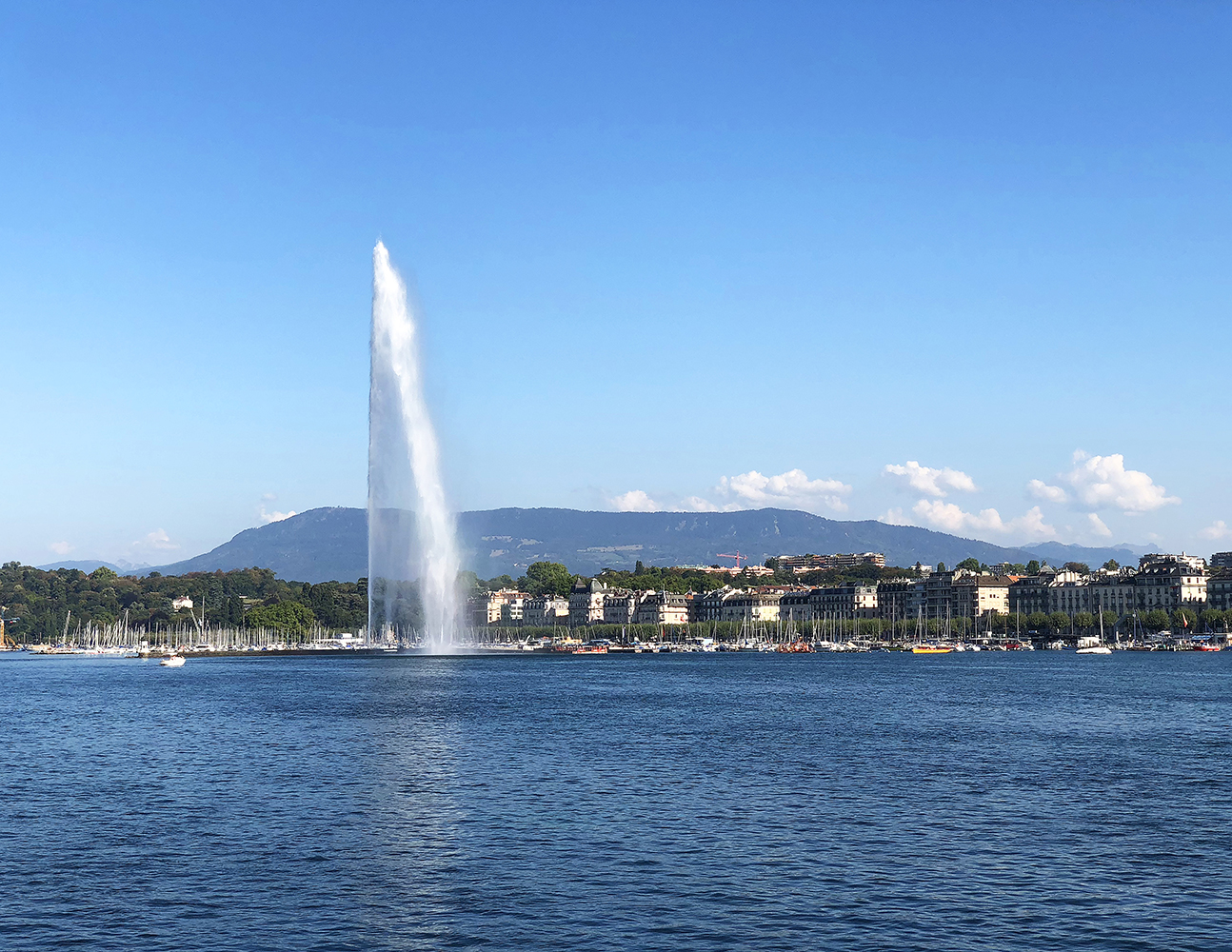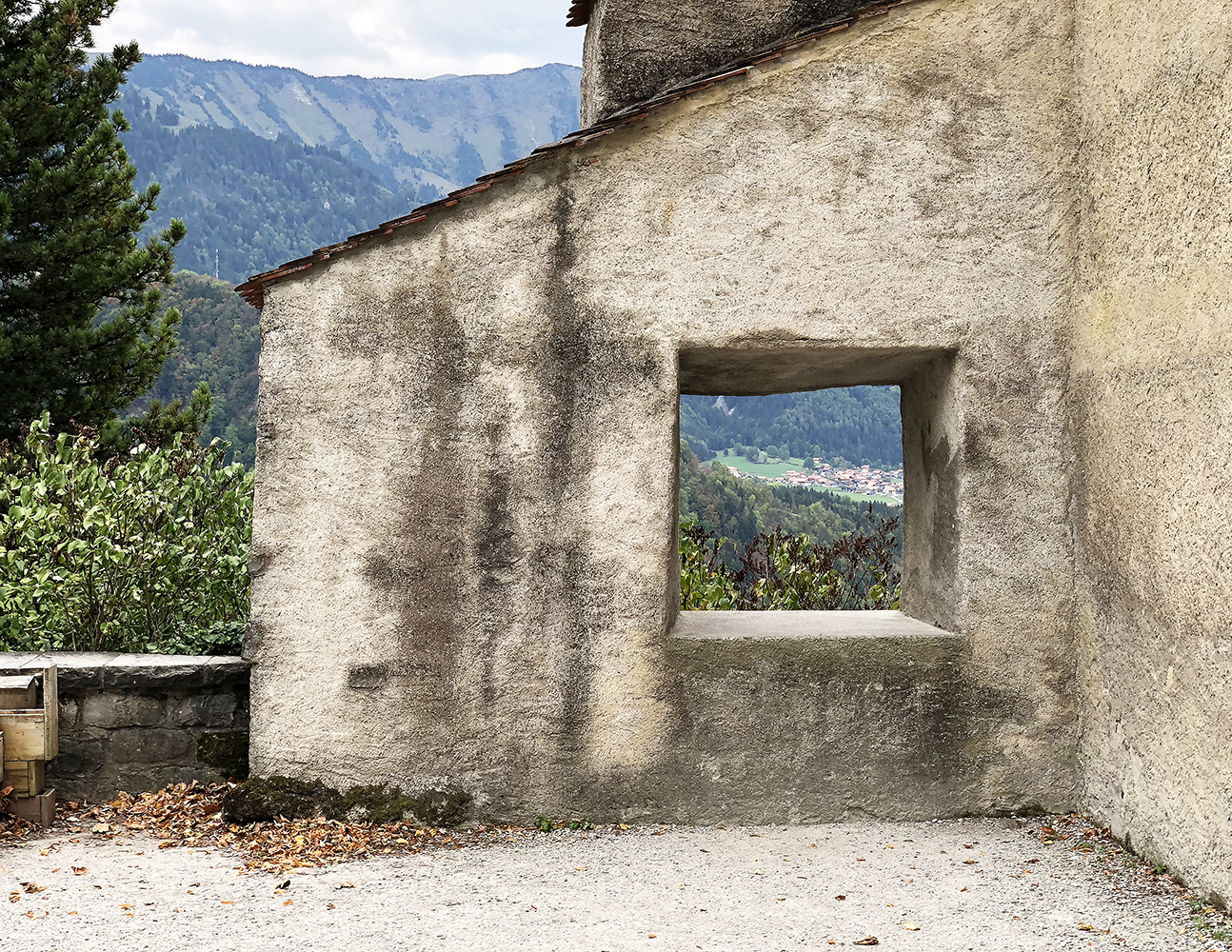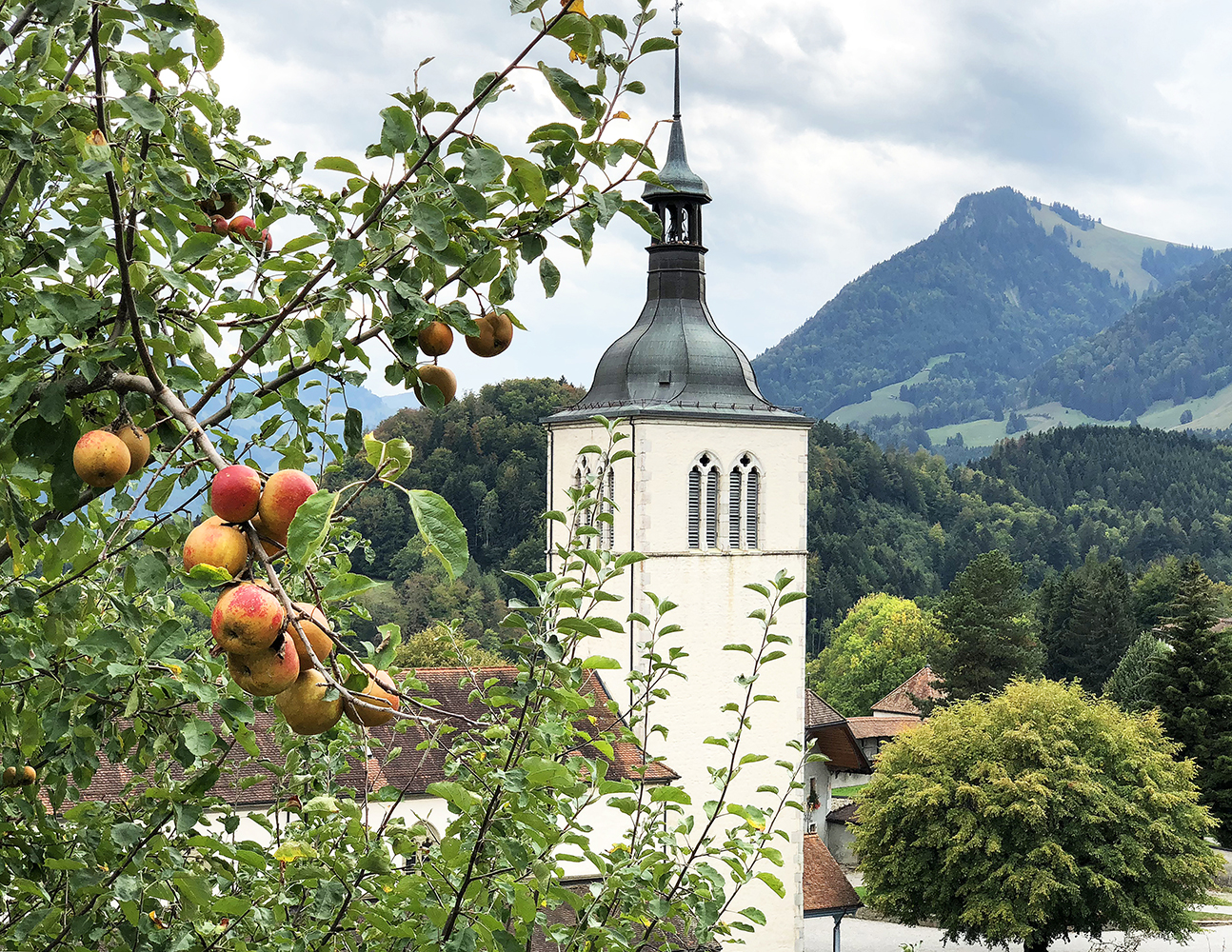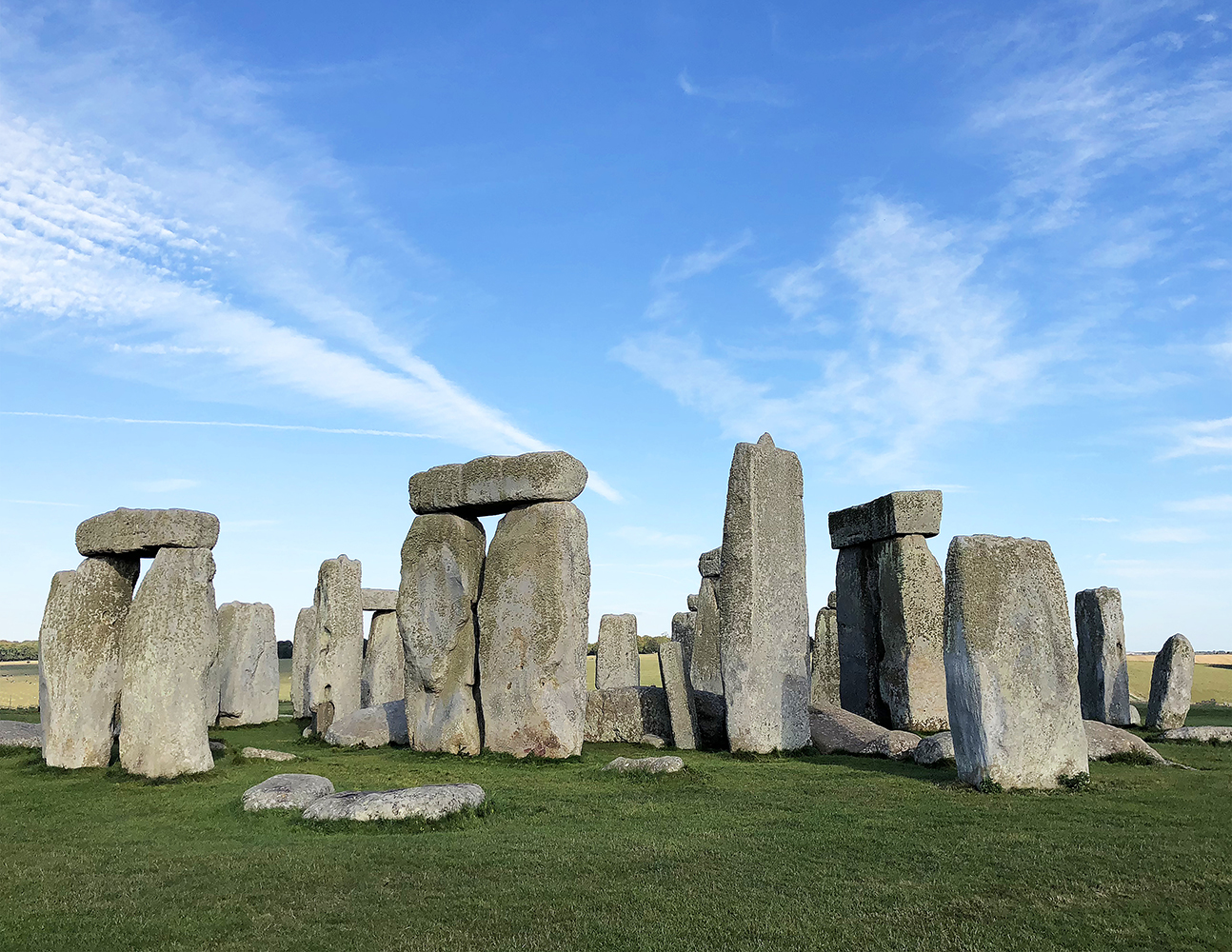I’m calling this a preview because this is not a final photo. I have not finished out the back or framed it, and it needs a final cleaning. I took the phot in my studio and the lighting is uneven. It is rather large and I will need to try to get better photos outside. Unfortunately, our weather has been pretty drippy and dreary of late and it is raining as I write this. It is, however, supposed to be sunny for the next couple of days.
I started this mosaic last March (it was formerly titled Self Portrait № 2) but got distracted with a commission and then a couple of voluntary mosaic detours. I got back to work on this in September and have worked earnestly to complete it since then. It has been quite a process and a journey as well.
This mosaic became more and more personal and tormenting to me as I progressed. I suppose that makes sense. It was rather odd to me that the work became more and more strenuous until, in the final weeks, I was overwhelmed with how technically difficult it was: the sheer labor of it was walloping me.
It was technically difficult from the beginning. Creating the curves against empty space, and also the embedded rings defined by empty space, while maintaining the horizontal and vertical grid-like field, was extremely challenging. But it was only as the work became more personal, and shifted in concept from wounds to familial wounds, that it became more and more physically challenging.
At the same time, I have been trying to work more loosely and leave my perfectionism behind, in hopes of exploring artistic vision over technical mastery. I chose not to use a grinder and relied on hand tools only. There is nothing wrong with a grinder, but I find it encourages my obsessive perfectionism. And obsessive perfectionism is really miserable.
I’ll write more about it as I post final photos.
